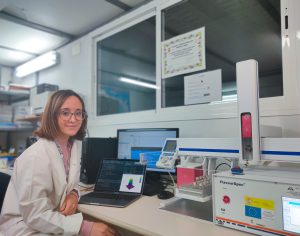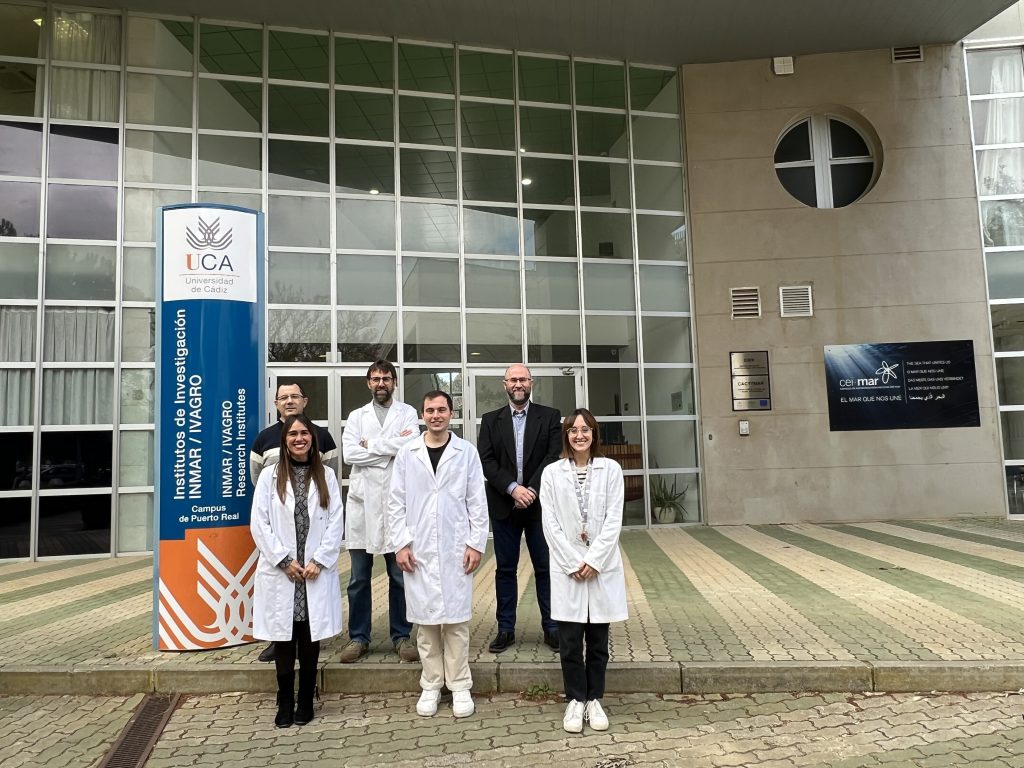Comparison of different processing approaches by SVM and RF on HS-MS eNose and NIR Spectrometry data for the discrimination of gasoline samples
Authors: Marta Barea-Sepúlvedaa, Marta Ferreiro-Gonzáleza, José Luis P.Callea, Gerardo F.Barberoa, Jesús Ayusob, Miguel Palmaa
a Departamento de Química Analítica, Facultad de Ciencias, Universidad de Cádiz, Campus Agroalimentario de Excelencia Internacional (ceiA3), IVAGRO, Puerto Real, Cádiz 11510, España
b Departamento de Química-Física, Facultad de Ciencias, Universidad de Cádiz, INBIO, Puerto Real, Cádiz 11510, España
DOI: https://doi.org/10.1016/j.microc.2021.106893
Abstract
In the quality control of flammable and combustible liquids, such as gasoline, both rapid analysis and automated data processing are of great importance from an economical viewpoint for the petroleum industry. The present work aims to evaluate the chemometric tools to be applied on the Headspace Mass Spectrometry (HS-MS eNose) and Near-Infrared Spectroscopy (NIRS) results to discriminate gasoline according to their Research Octane Number (RON). For this purpose, data from a total of 50 gasoline samples of two types of RON-95 and 98-analyzed by the two above-mentioned techniques were studied. The HS-MS eNose and NIRS data were combined with non-supervised exploratory techniques, such as Hierarchical Cluster Analysis (HCA), as well as other supervised classification techniques, namely Support Vector Machine (SVM) and Random Forest (RF).
For supervised classification, the low-level data fusion was additionally applied to evaluate if the combined use of the data increases the scope of relevant information. The HCA results showed a clear clustering trend of the gasoline samples according to their RON with HS-MS eNose data. SVM in combination with 5-Fold Cross-Validation successfully classified 100% of the samples with the HS-MS eNose data set. The RF algorithm in combination with 5-Fold Cross-Validation achieved the best accuracy rate for the test set with the low-level data fusion system. Furthermore, it allowed us to identify the most important features that could define the differences between RON 95 and RON 98 gasoline.
On the other hand, using the HS-MS eNose and NIRS low-level data fusion reached better results than those obtained using NIRS data individually, with accuracy rates of 100% in both SVM and RF performances with the test set. In general, the performance of the SVM and RF algorithms was found to be similar.

Press release links


